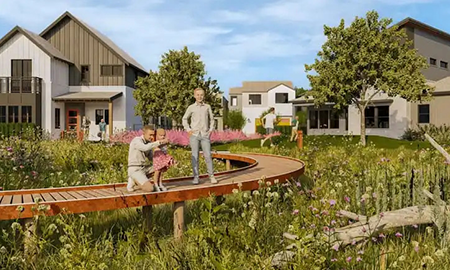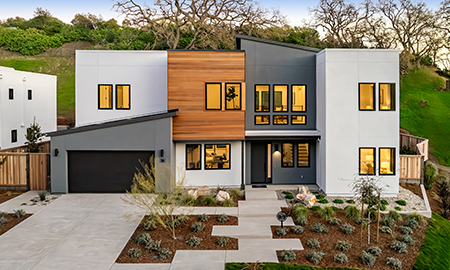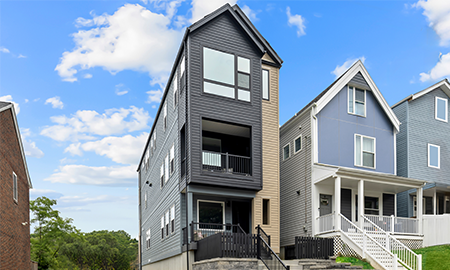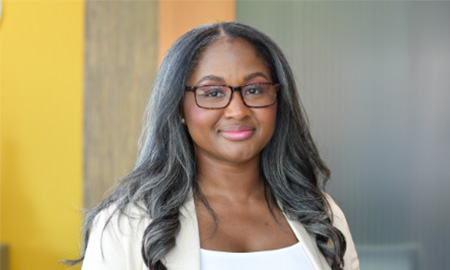There's nothing quite like a good challenge born out of necessity to get the juices of creativity and ingenuity flowing in full force. When California was in the midst of a statewide drought from rainless winter to rainless winter, Californians were acutely aware of what a precious resource water is and how easy it is to become complacent in our water stewardship when it's falling from the skies in abundance. Thanks to our first wet—very wet, in fact—winter after five years of dry winters, the drought is over, and in May 2017, the Emerald Glen Recreation and Aquatic Complex, also known as The Wave, opened to the public with pending LEED Gold certification. Have we forgotten the drought already? Not at all. We answered the drought's challenge with creativity.
Just because water is used does not mean it is consumed. Through holistic sustainable design principles, aquatic parks can reduce water use, reclaim used water and use it again. Since these design innovations run behind the scenes, a common misperception of aquatic parks is they use water once and down the drain it goes. By designing aquatic parks according to holistic sustainable principles, they can, in reality, consume significantly less water than the passing observer could imagine, allowing them to operate sustainably in and out of droughts. Case in point, The Wave at Emerald Glen Park, is designed thoughtfully and creatively to consume as little water as possible.
Here's a behind-the-scenes look into The Wave's sustainable design features:
- Automated pool filtration and backwash – Every time a filtration system backwashes, water goes down the drain. In filtration systems with manual backwash systems, operators tend to backwash on a weekly schedule whether or not the system needs it. Automation allows the system to backwash as needed, reducing the amount of water lost not to mention reducing costs in heating and chemical treatment of replacement water.
- Automated water make-up systems – This technology operates off the same principle as automated pool filtration and backwash, which is to only add water as needed as opposed to a predetermined schedule.
- Automated water chemistry controllers – Keeping with the automation theme, constant monitoring by sensors ensures that the pools always have the proper amount of chemicals, adding according to need versus a predetermined manual schedule, which reduces water wasting associated with manual water chemistry correction.
- Thermal Blankets – While a low technology solution relative to all the automated technology in place, there is a 40 percent savings on evaporative water waste while the covers are in place.
- Retain and repurpose pool backwash water for irrigation purposes – This takes the water conservation gained from the automated pool filtration and backwash system to the next level by reclaiming the water necessarily lost to backwash to water the landscape and fields in the park surrounding the aquatic facilities. A storage facility and de-chlorination of the water that subsequently filters into the irrigation system facilitates this process. Considering watering municipal fields wastes significantly more water than pool maintenance, utilizing reclaimed water in this manner is a boon to water conservation.
- Reduce water use outside of the aquatic features – Looking beyond the pools and the water slides for even more ways to reduce water use, timed showers, low flow showerheads, and low flow toilets are in use. Additionally, extensive use of bioswale basins collect surface runoff from rain, treating it before releasing it back into the natural water environment, which helps protect native streams and the bay.
Their additional sustainable features include: thermal solar heating system; all wood used in construction sourced from FSC (Forest Stewardship Council) certified suppliers; all interior furniture Green Guard Certified; innovative use of an ETFE (Ethylene Tetra Fluoro Ethylene) roof—a 100 percent recyclable material—for the natatorium, which is much lighter than glass, meaning less steel was required for the supporting structure while its translucency means reducing usage of the natatorium lights and supporting solar heating; and all other lights across the facility are LED, which are more energy efficient with longer lifespans. The City of Dublin has also elected to purchase 90 percent of their power for the next two years from a Green Power provider to show their commitment to green power as a force for positive environmental and social change.
By selecting design teams passionate about and knowledgeable in sustainable design principles, owners and operators of aquatic facilities can be responsible stewards of our natural resources while also reducing operational costs.
By Gregor Markel, DAHLIN
With over 25 years of professional experience, Gregor Markel has perfected his craft working with clients and contractors to help shape places we live, work, shop, recreate, care, protect and worship. His diverse background of architectural experience allows him to lead project teams undertaking a wide variety of types and styles of architectural projects. "Our project approach is to craft a unique solution for each client, one that should be functional, creative, environmentally sound, and will meet the client's timeline and budget expectations."






